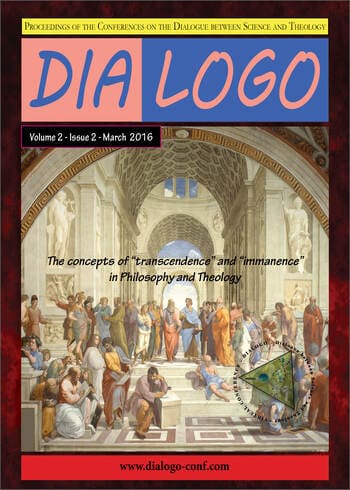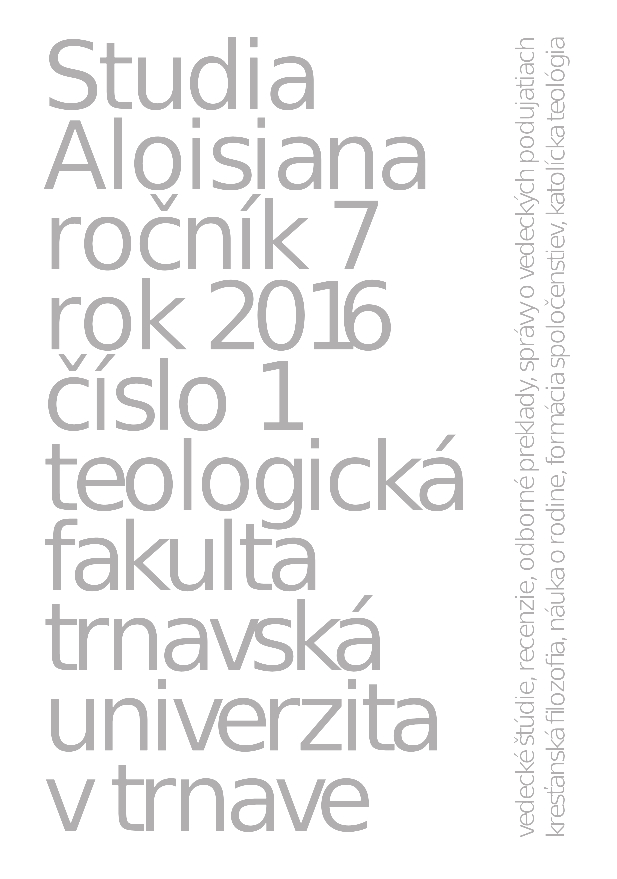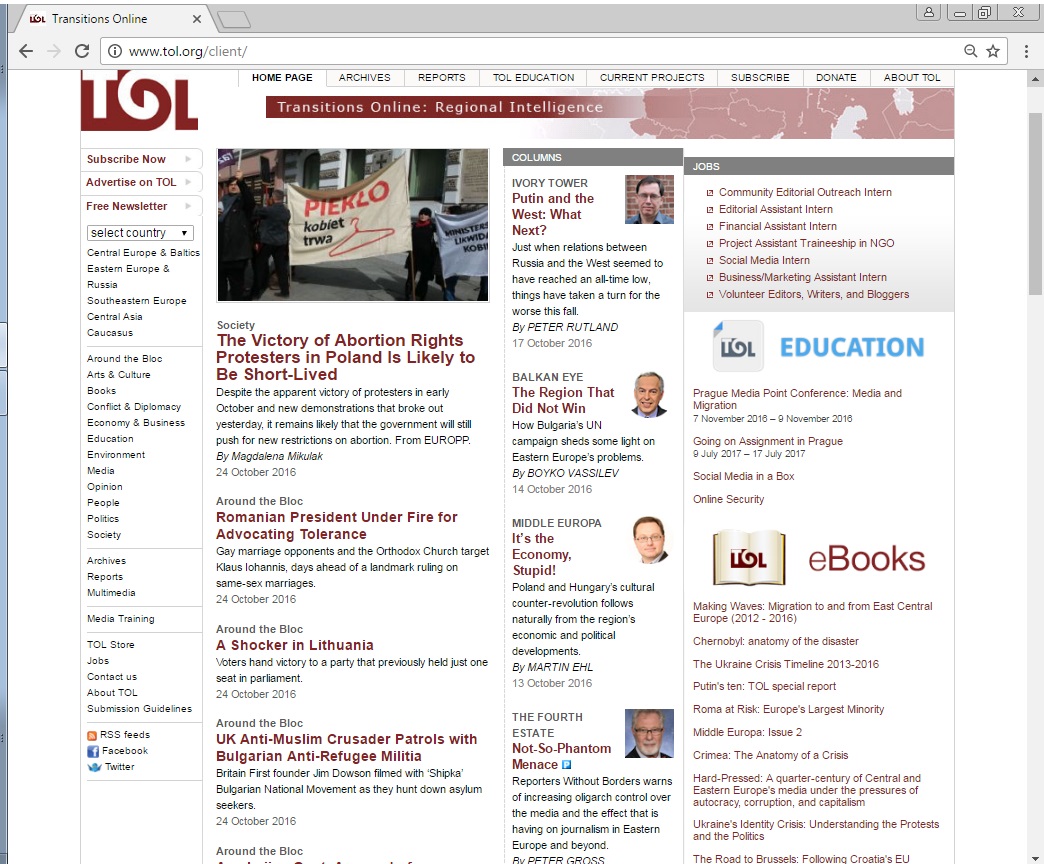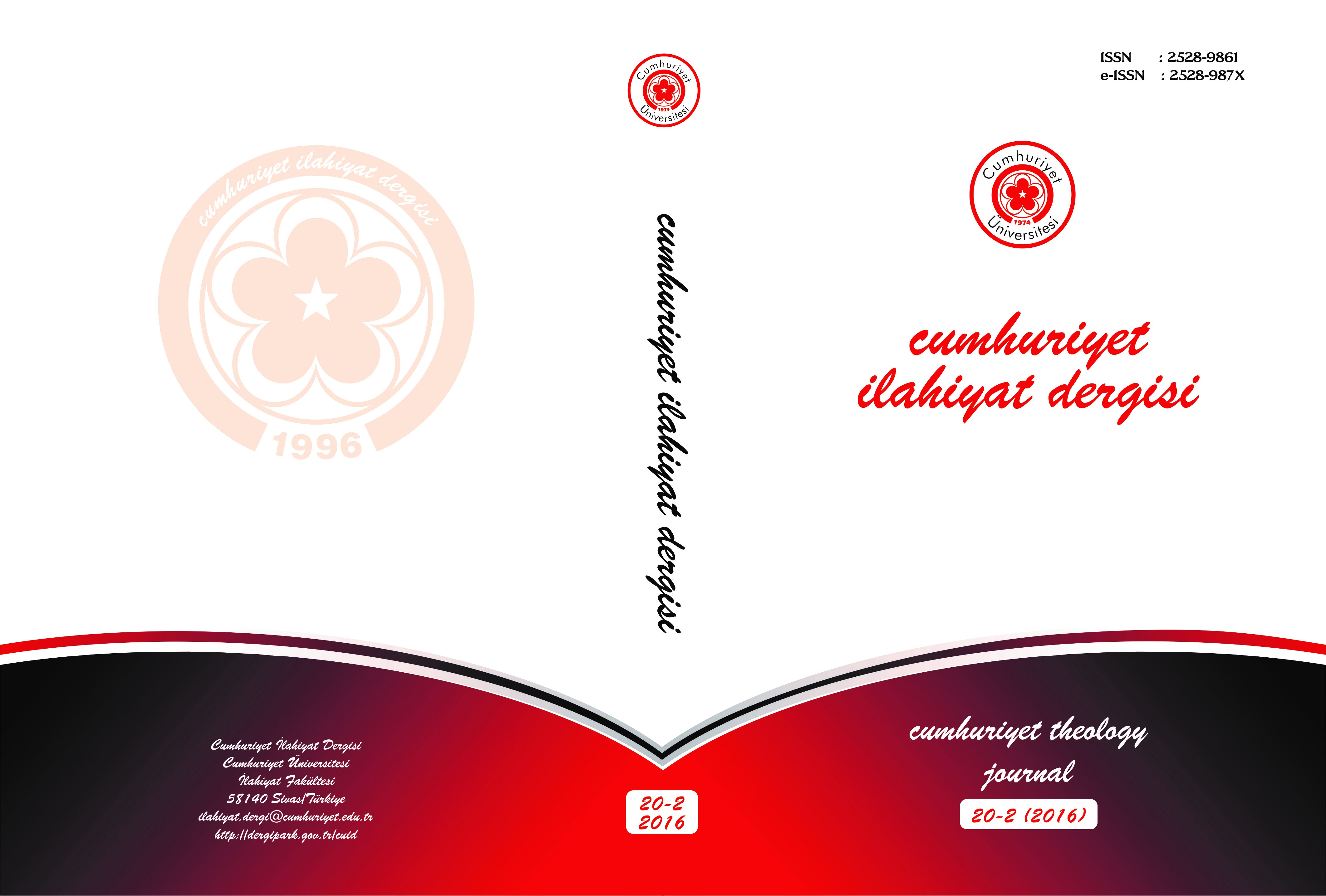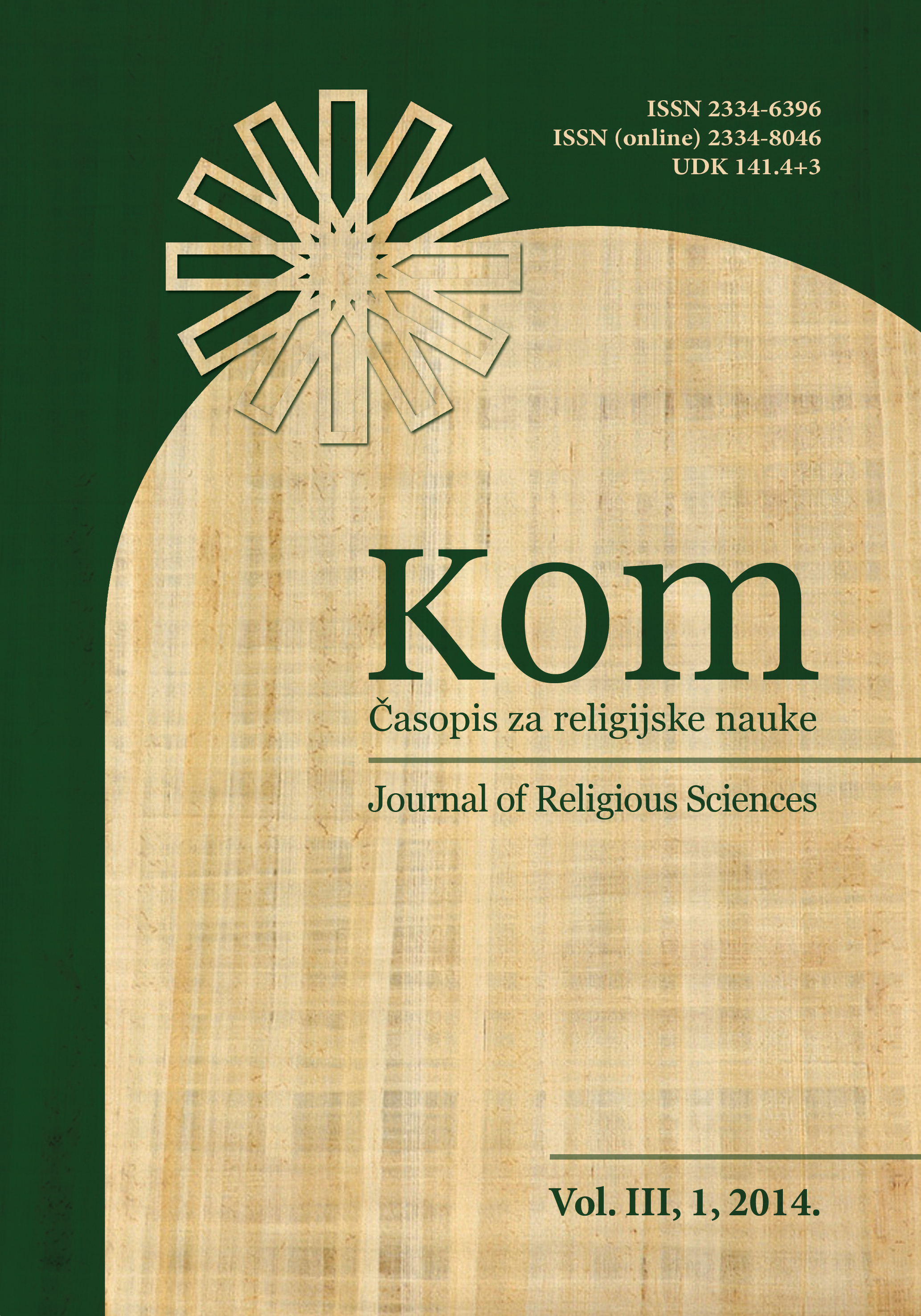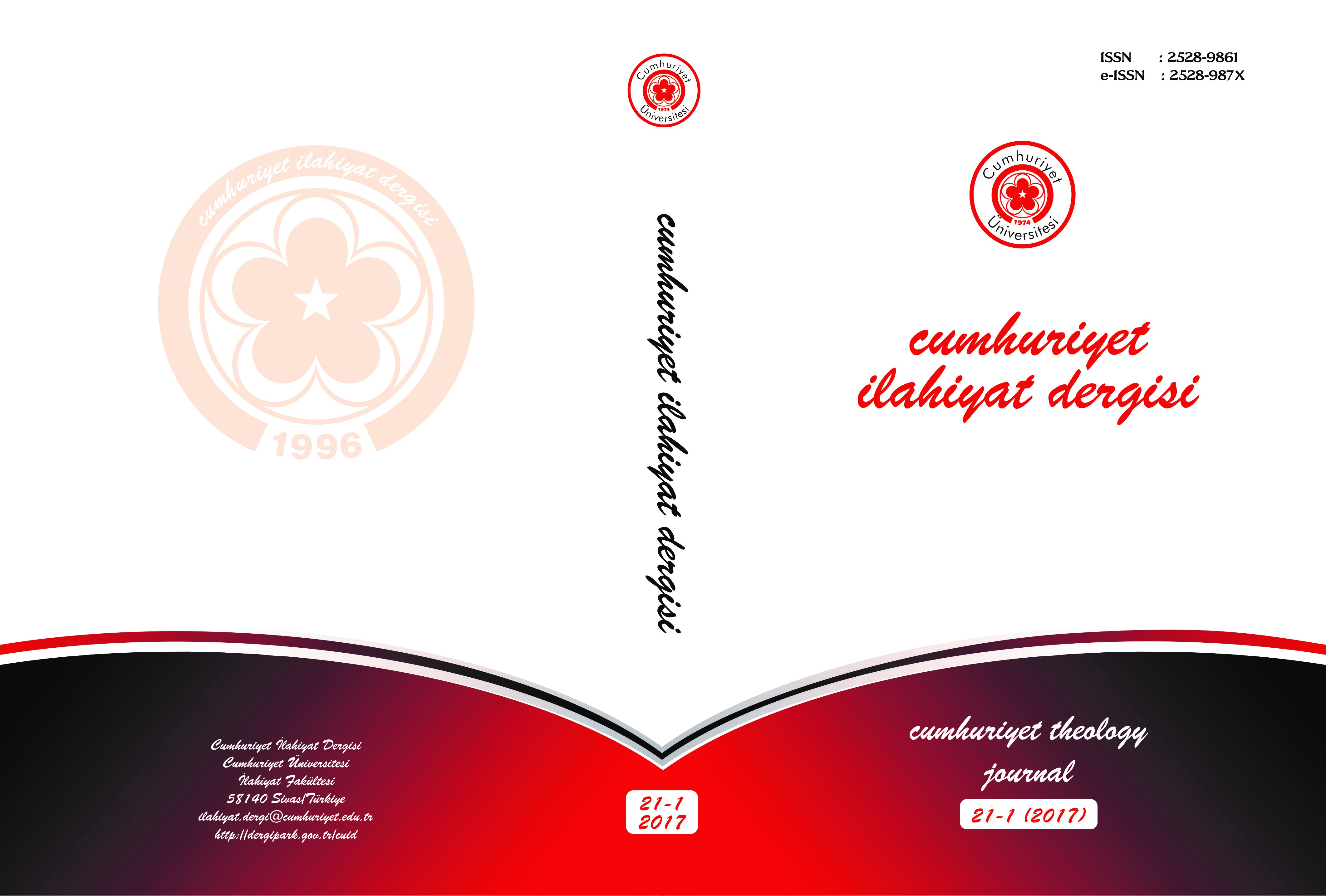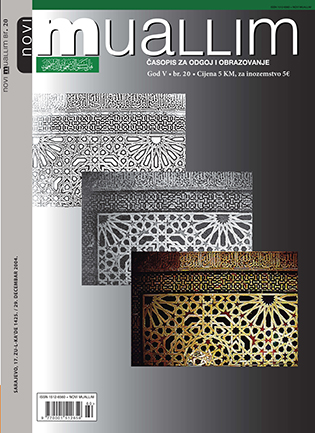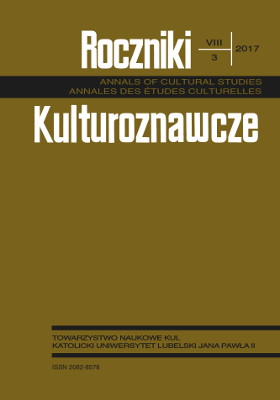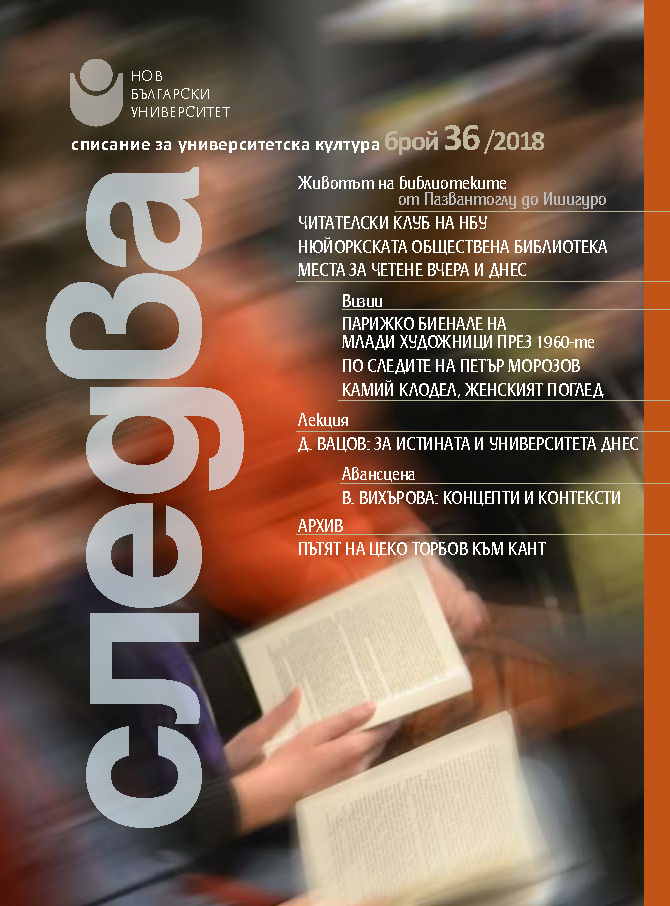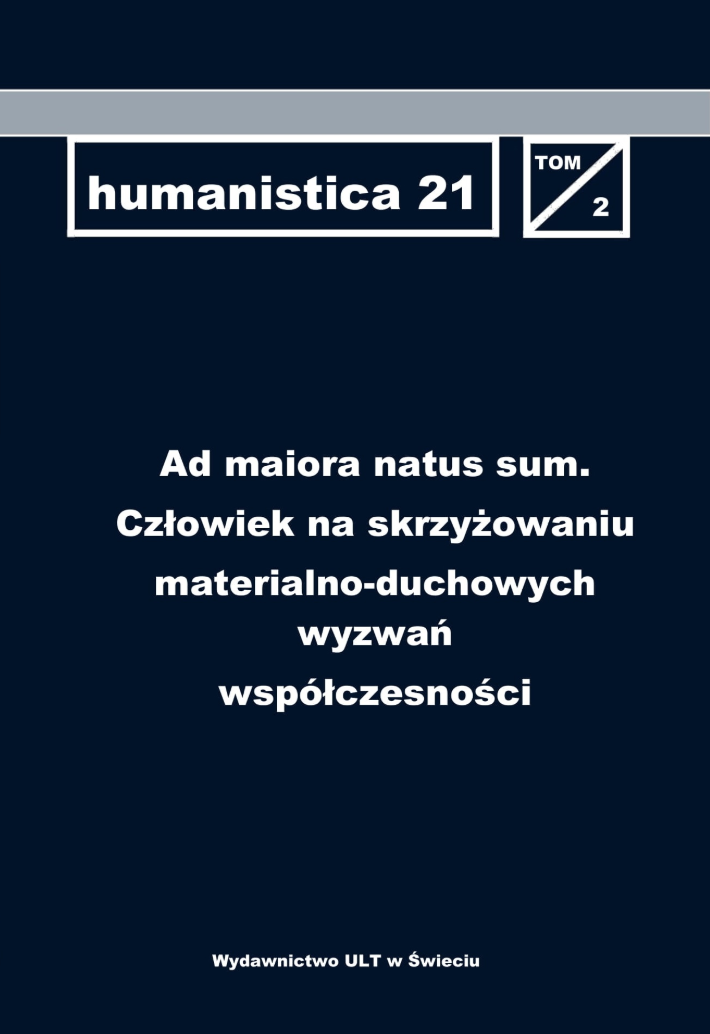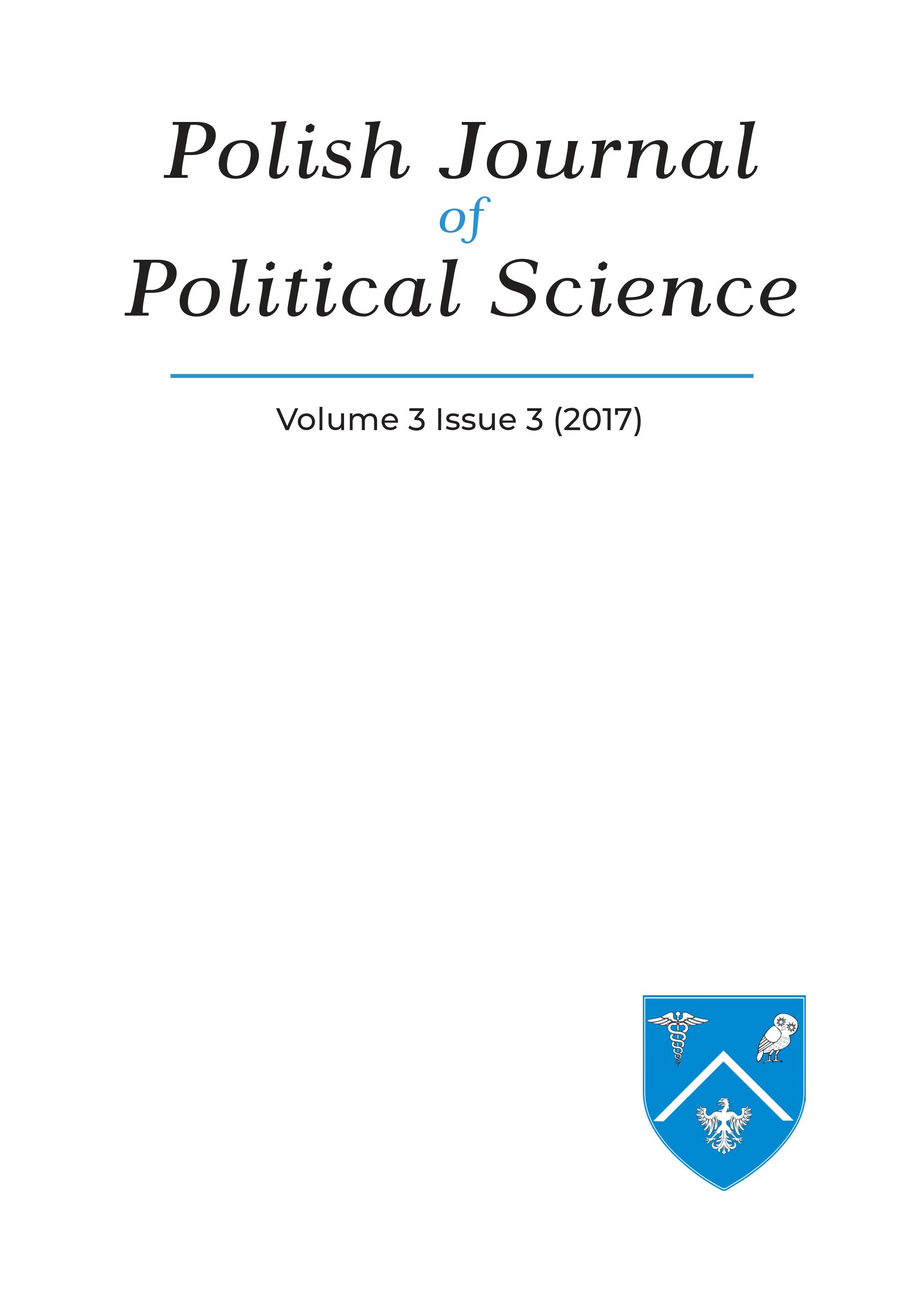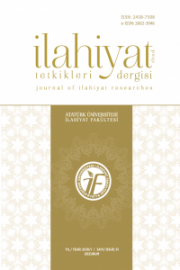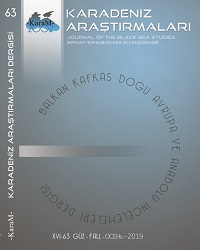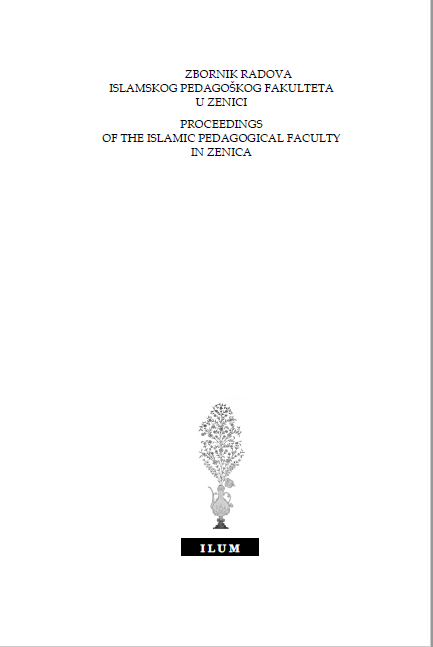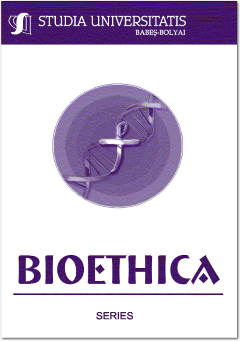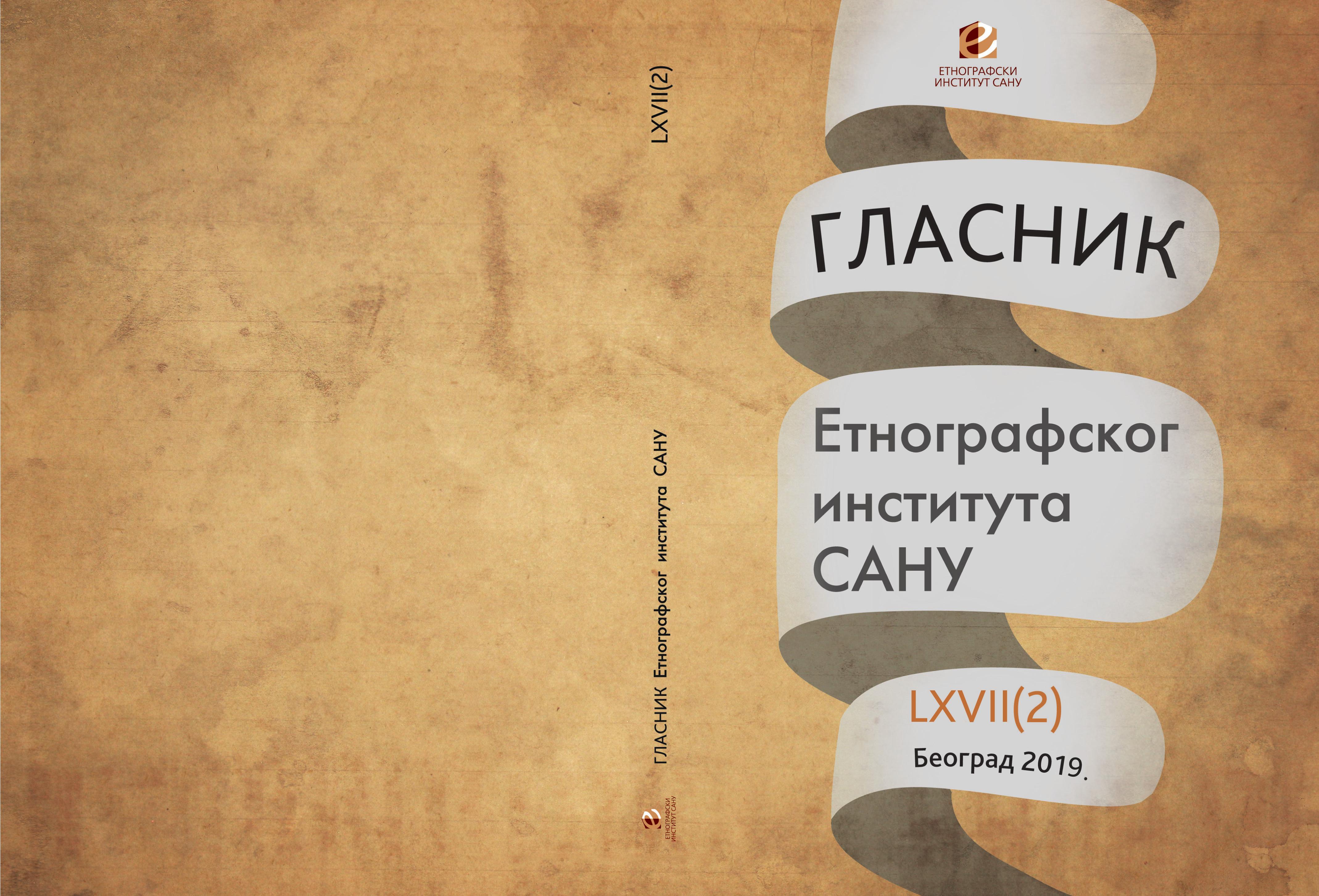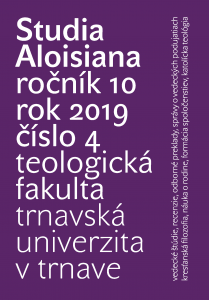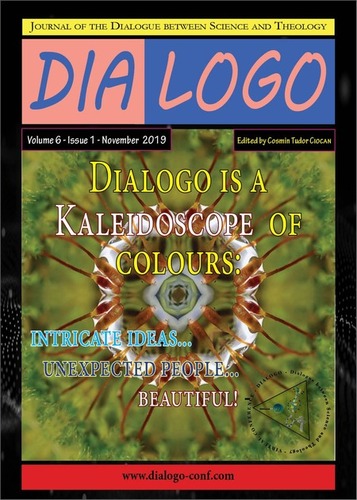Author(s): Hüseyin Doğan / Language(s): Turkish
Issue: 1/2017
The view of Muslim theologians about Allah, the universe, the relation between God and divine attributes has become the dominant element of the basic intellectual disciplines that they developed. Undoubtedly, this point of view has directly caused them to bring new interpretations and openings to both God and the universe as well as to God and human relations. Ibn Fūrak is one of the important representatives of the Ashʿarī kalām system. In fact, he has an important share in the formation of the Ahl al-Sunna, especially of Ashʿarī thought. Ibn Fūrak has undertaken a significant bridge in the transmission of the views and ideas of Imam al-Ashʿarī and the kalām system. There is no doubt that one of them is the understanding of God. He has placed his understanding of God, which he has included in the category of compulsory beings in a different place above the possible world. For this reason, all expressions and interpretations that are incompatible with the qualities of worthy and appropriate have been rejected or put into practice. In this respect, it is possible to say that he has an important influence in the development of the understanding of ta’wil in Ahl al-Sunna.Ibn Fūrak (d. 406/1015) is one of the important representatives of the Ashʿarī kalām within Ahl al-Sunna. He met the students of Imam Abu’l-Ḥasan al-Ashʿarī (d. 324/936) and took lessons from them. He has a significant share in accessibility of the views and ideas of Ashʿarī that have been systemized mostly through these meetings and lessons. It is even understood that some of his works have been prepared in order to make the views and ideas of the sectary leader Imam al-Ashʿarī, which he has described as reputable, more systematic and easily accessible to people. When we look at his works, we observe that he applied and used ta’wīl which is an important method of interpretation in Islamic theology. It can even be said that he is one of the most extreme theologians among Ahl al-Sunna theologians applying this method. Ibn Fūrak defended the notion that not only the Qur’an but also the hadith should be interpreted (ta’wīl) and for this reason he prepared works. In this respect, it is possible to say that he has an important influence in the development of the understanding of ta’wīl in the theology of Ahl al-Sunna.Ibn Fūrak has an important share in the formation of Ahl al-Sunna, especially Ashʿarī thought. For this reason, scholars allied that he formed the third stratum of the Ashʿarī theology. Ibn Fūrak’s most important feature in this sculpture is to be an important bridge between beliefs and thoughts of Imam al-Ashʿarī’s and later generations. In this sense, he is not only a transporter but also has new perspectives build on the views and thoughts of his predecessors. In this regard, he was not deviated to be loyal and was consenting to his predecessors and his successors also set an example in the point of understanding, method and interpretation of the Islamic theology.Ibn Fūrak, who has received a lot of attention in terms of beliefs, views and thoughts that he has adopted and accepted, has also influenced the following theologians and left deep influences on them. For this reason, it is necessary to consider him as the continuation of a tradition or as the chief architect of the transfer to the future. In fact, his view of God and His attributes is only one of the remarkable ones, especially because it has space on the first pages of his work, albeit with value for every opinion and thought. No doubt, he has tried to perceive and analyze the matter of God and His attributes from the perspective of the Qur’ān and Sunna.Belief in God is another problem that Ibn Fūrak, who has opinion and thought about almost every theological problem tried to examine in his works. He has placed his understanding of God, which he included it in the category of compulsory beings at a different place above the world of possible. For this reason, all kinds of expressions and interpretations that are incompatible with positive and significant terms have either been rejected or interpreted. As it is known, the views of the Islamic theologians, the views of God and the universe and the meanings of the Essence (dhāt) and divine attributes have been the dominant elements of the basic intellectual disciplines they have developed. No doubt, this point of view has been directly determinant on bringing new interpretations and openings to both God and the universe as well as to God and human relations.The main point of theology that Ibn Fūrak defended is belief in God. According to him, God is an absolute being as Wājib al-wūjūd (Necessary Being). God has created all the world and creatures out of nothing. So much so that he has included God in the state of compulsory existence by abstracting Him from all creatures, objects and substances, and he has emphasized His incomparability. The substance, the matters and the signs are created later. Ibn Fūrak tried to explain the eternity of God with his “seniority”. Because in Ibn Fūrak, the seniority has a special importance and value in terms of expressing unity in the attributes of God. He perceives the worlds or the inhabitants as a reflections of the wrath of God. Ibn Fūrak said that the objects in the world do not express any meaning to themselves, nor can they be mentioned in their respective directions. For this reason, he accepted that he mentally exhausted the human and caused division and disintegration. According to him, all organs created in the world are preserving their essences exactly. But the accidents are created again each time as the result of God’s intervention, and the continuity and order of the movement in the world is provided in this way. He defended an active God on His presence and inhabitation by never accepting coincidences in the world. There is no power or quality to carry out the movement, change and transformation of all the sign, objects and organs the universe. For the movement, change, and transformation in sign, objects, and organs are all about the intervention of God’s omnipotence beyond the change of time and space.Ibn Fūrak went to God and his attributes in accordance with the organ-sign metaphysics he had adopted. He has settled the land, the object, and the substances in different statues by separating them in terms of their assets. It is also directly related to the philosophical understanding that the basic idea of the God and His attributes distinction is accepted as fitting to the theory of matter-matter. Indeed, in the system of thought of the Ashʿarite, every kind of harmony and order (purpose and order) which gives experience and experience in the world is the greatest proof that this world is created by a being who knows, hears, wills, possess might. It is necessary for God whose existence comes from Himself, to be effective on all actions in the world.
More...
